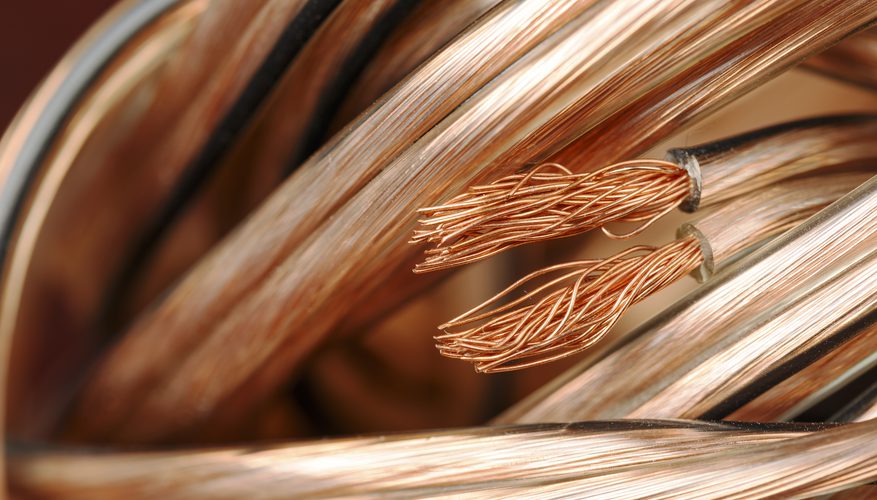Copper wires are the most reliable and popular for use in electrical appliances and goods. It is the favorite for the electricians and technical people dealing with any type of wiring. People have always been used to the round wires and cables having been used since ages. However, as technology developed, the need for something more flexible arose. The copper flat wire was development sometime close to the mid-20th century to address this requirement. This brought about significant changes in the way copper wires could be used ushering in ease of use, improved performance, reliability, and wider acceptance.
Why copper
1. Copper is the most used element in various industries like in the construction as plumbing, electric wiring, roofing etc. There are various reasons for people relying on copper for electrical purposes. These include
2. Copper is an excellent conductor of electricity. Only silver surpasses copper in terms of electrical conductivity, but it is expensive on one side and does not have so many attributes.
3. It is robust, resistant to abrasion, heat resistant, and can withstand adverse climatic conditions. There is a frequent rise or fall in the temperature in electrical lines. Copper can sustain fluctuations.
4. The metal is durable, flexible, and very ductile. It can be stretched, molded into any form, and still retain its strength.
5. Copper is available in different forms and is mixed with other metals to form highly efficient alloys. It can be customized and used as per your needs for connectors, braided tapes, cables etc.
Copper flexible connectors are made from silver-plated, tinned, and bare copper wires. Several industries depend on these connectors for use as joints to connect bus bars. Foils of electrolytic copper are stacked together, and electric current is applied under high pressure. They are widely applied in VCB, bus ducts, switchgear industries, resistance welding engineering, power plants, electric locomotives etc.
What makes flat wires and cables popular:
Versatile and reliable
There are numerous ways the copper flat wire is used for wiring needs such as low-voltage lighting, data, audio, video, HDMI, and highly efficient in streamlining a worn-out home theatre system that requires revamping. Flat wires adapt very well to all types of surfaces. They can be installed easily. You just need to push and press, it sticks firmly. You can bend it, fold it, stretch it, use it anywhere without worrying about its strength or durability. it removes all the complications that are associated with the round wires and cables.
Weight saving
The use of flat wires often reduces the overall weight of the product. Tapes, fillers, insulation etc, adds up to the weight of the product. It is strong by itself and does not require any large conductors for strength. The current load can be carried with much lower cross-sections managing voltage drops.
Flexible
Applications that require movement like drawers, Axis-control equipments, medical diagnostic appliances, robotics, doors, rotating arms, and similar need flexibility in all the tools. The way the copper flat wire can be bent and applied with minimum wiring errors while eliminating malfunction risks.
High-Density Interconnections
Flat wires achieve better cabling density than the normal other conventional cables. They are more effective for higher conductor applications than the round wires or cables.
Space optimization
When the need of fillers, insulations, tapes etc., is not there, it automatically reduces not only the weight but creates more space for the copper flat wire. It can be stacked and layered in any manner ensuring there is no wastage of space.
How to choose the copper flat wire when coating is required
The above-mentioned properties define the flexibility and suppleness of the flat wires. This increases its usage among different applications. Certain applications require maximum flexibility. So, it is important to check the shielding material that is being used. The conductor must be left open or have exposure rather than be under cover to ensure strong bonding. It will also reduce the risk of conductor movement. Alignment is preserved when the movement is lessened. Silicon rubber should be tried as they can provide more flexibility than the PVC insulation. It is necessary to ensure the jacketing material must be hard and should not succumb to wear and tear while in motion.
